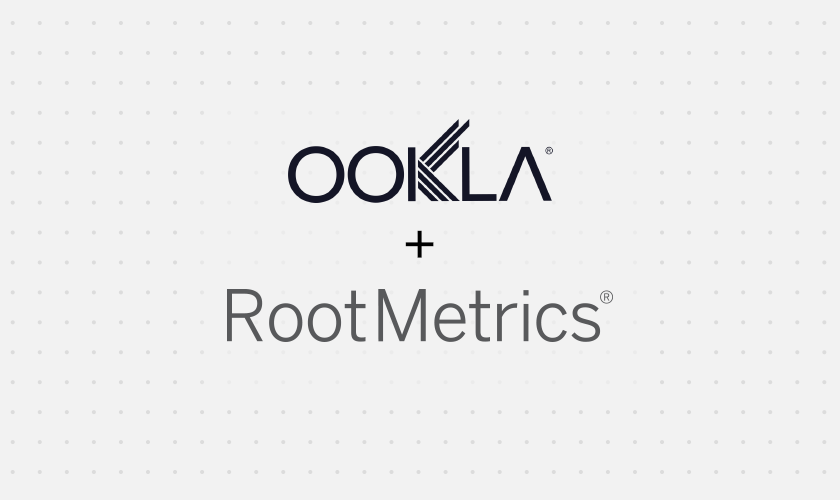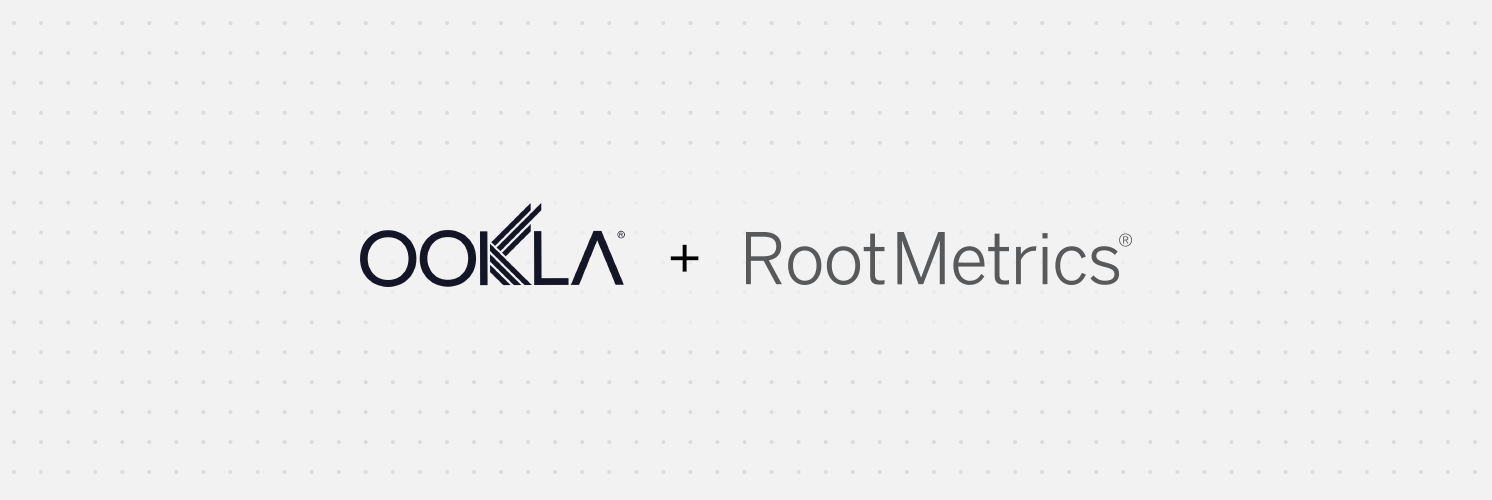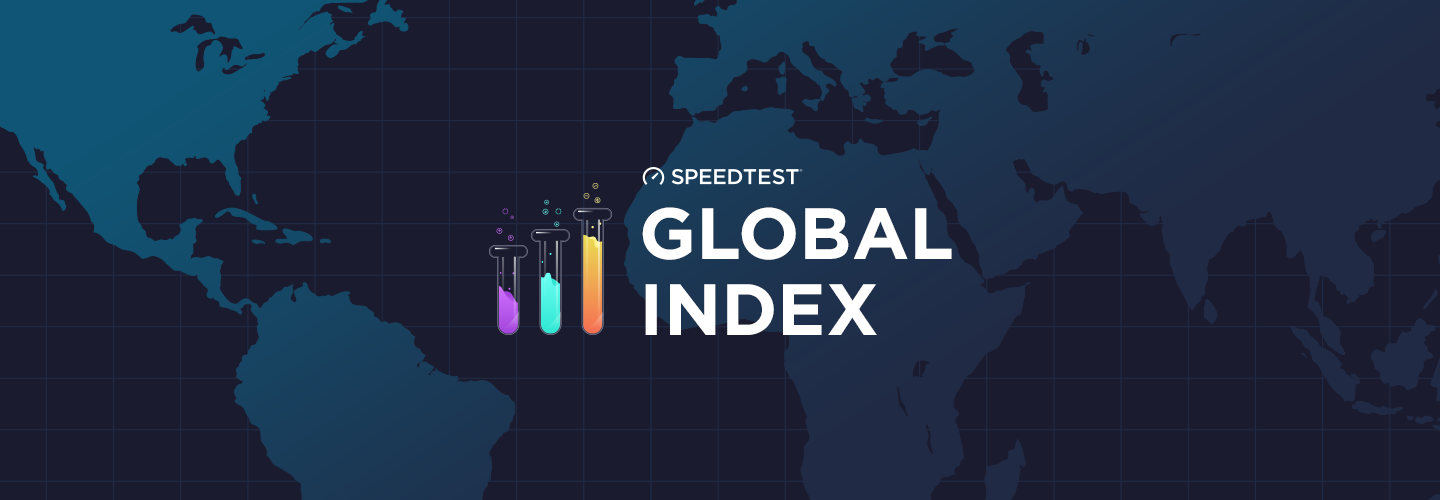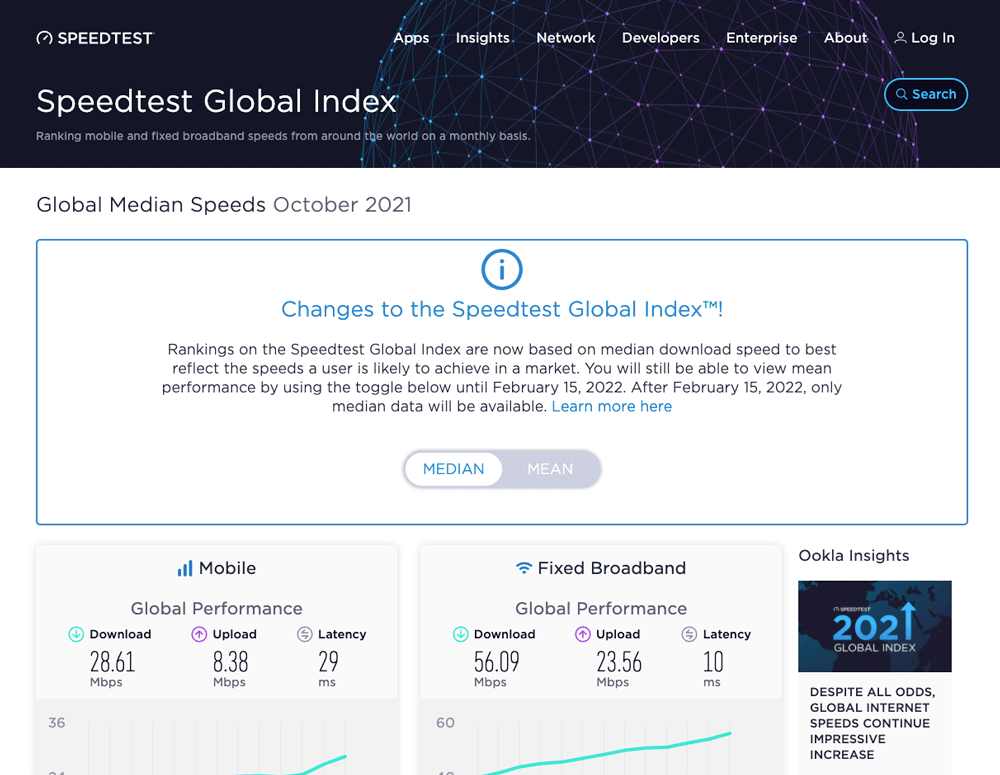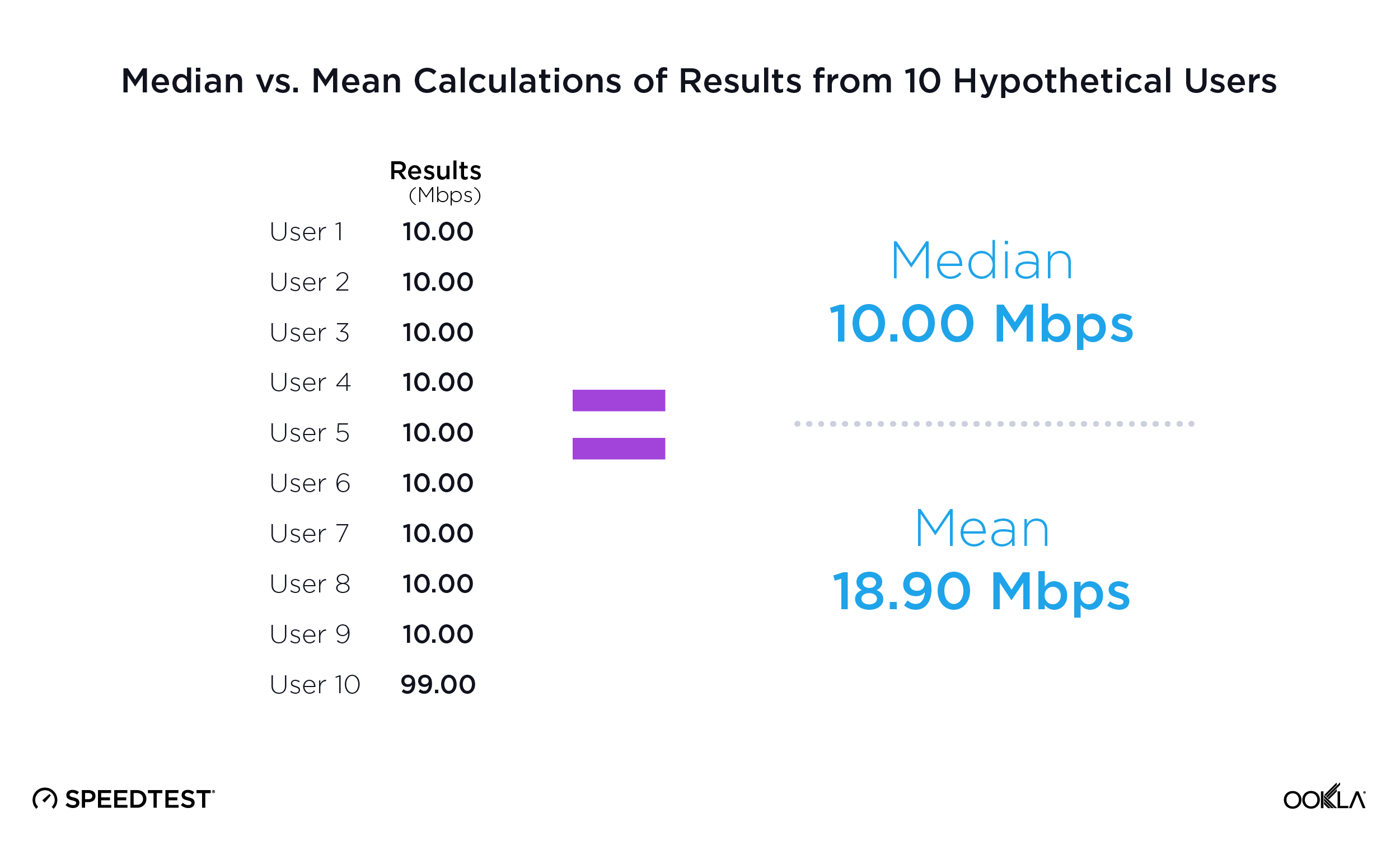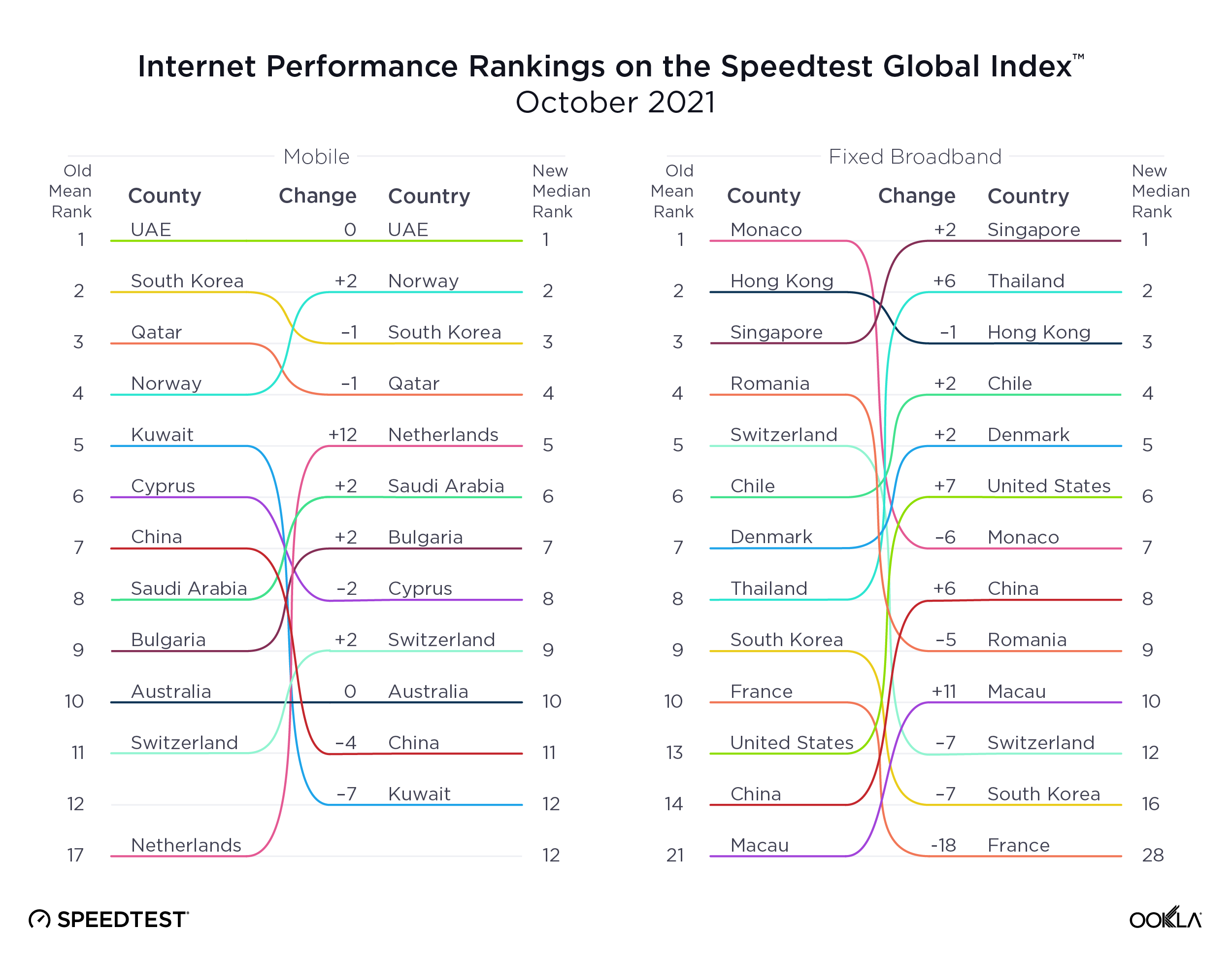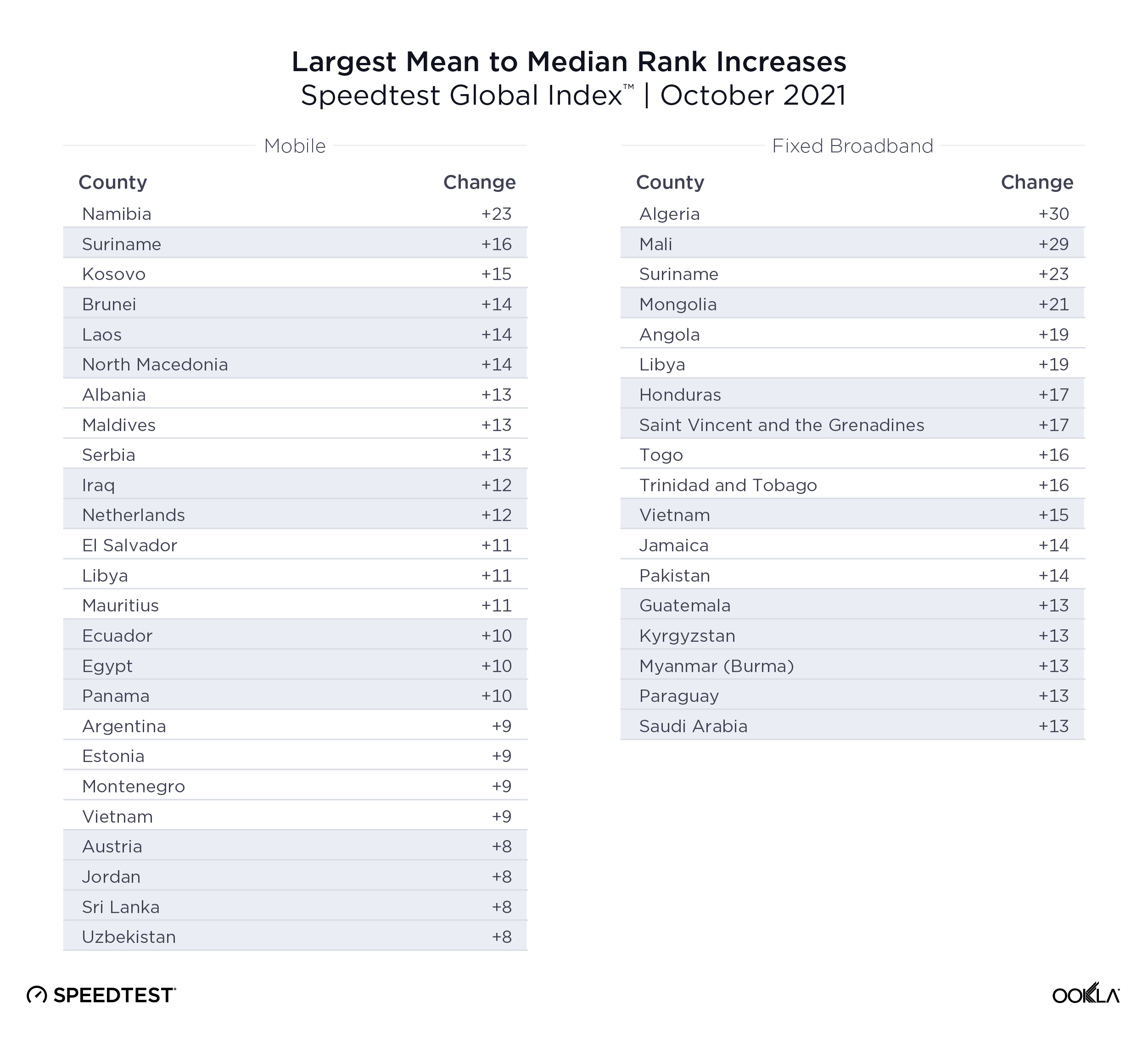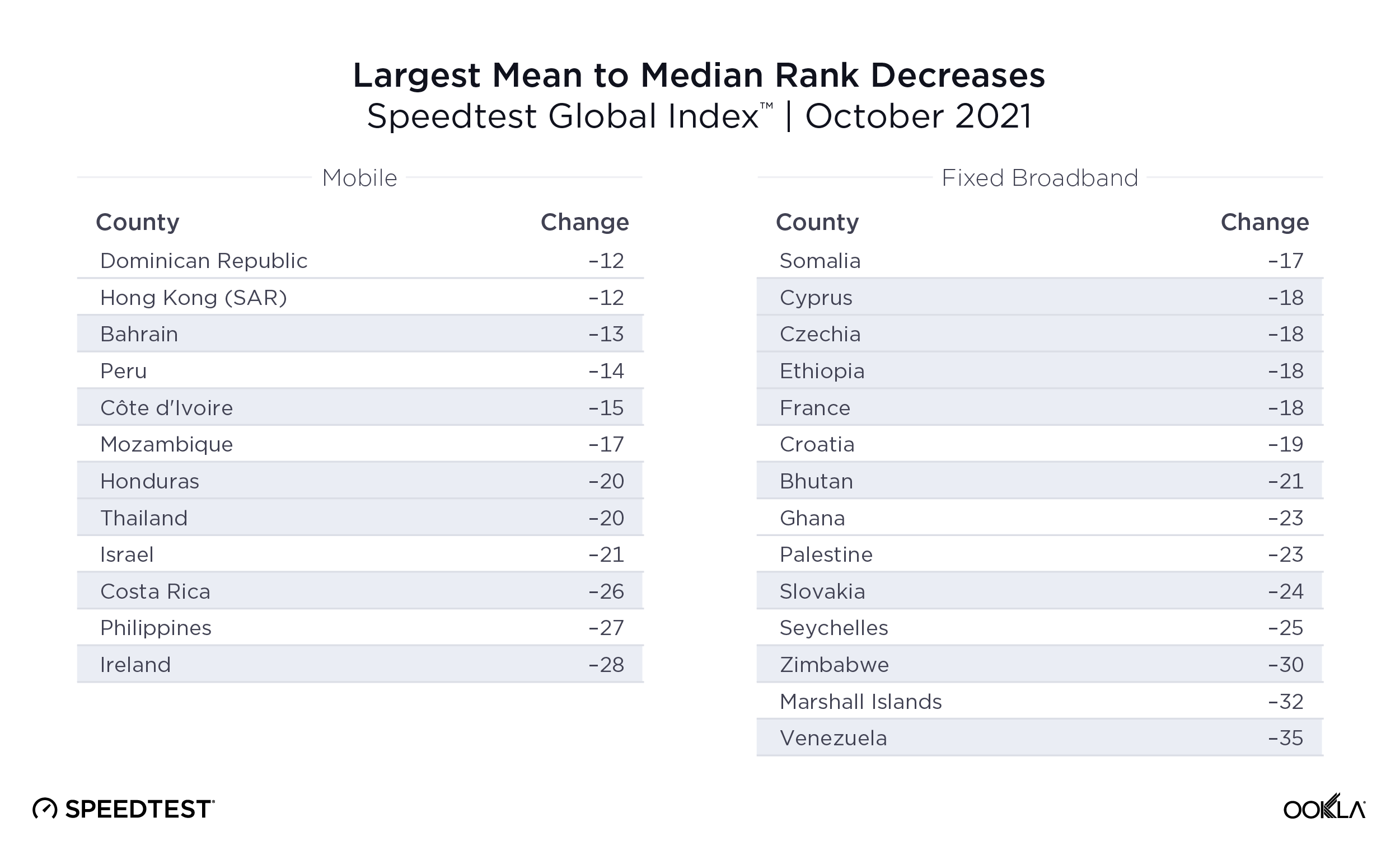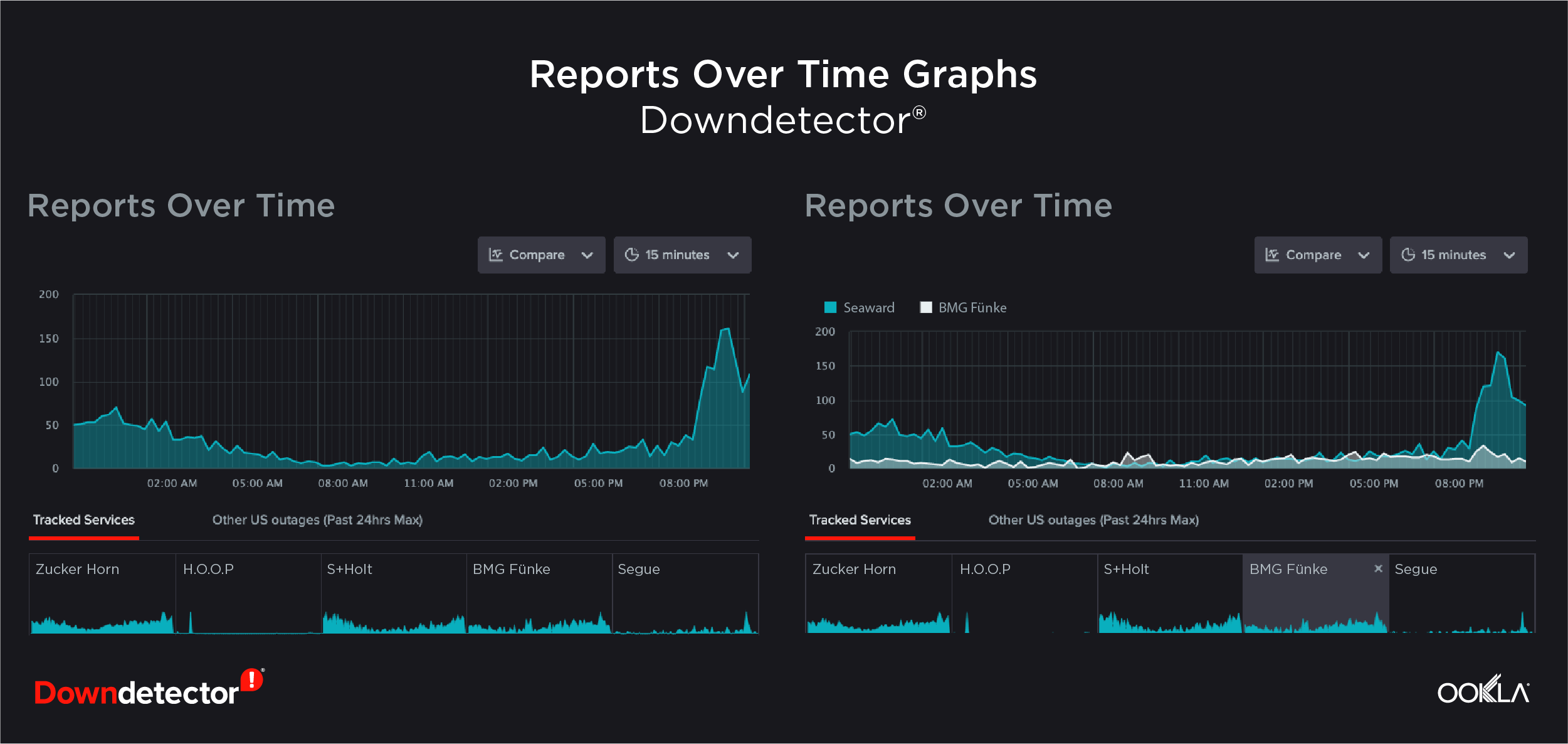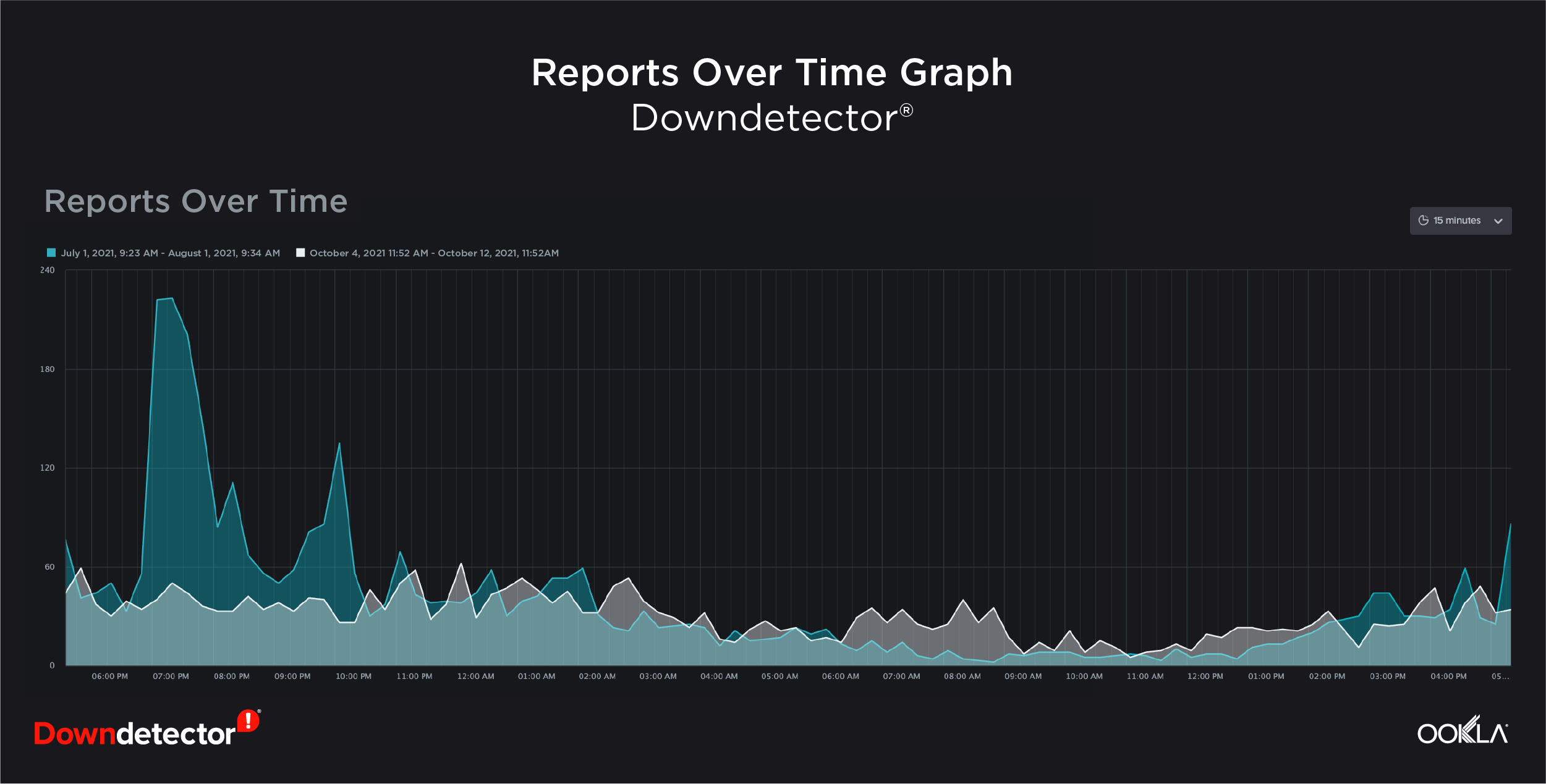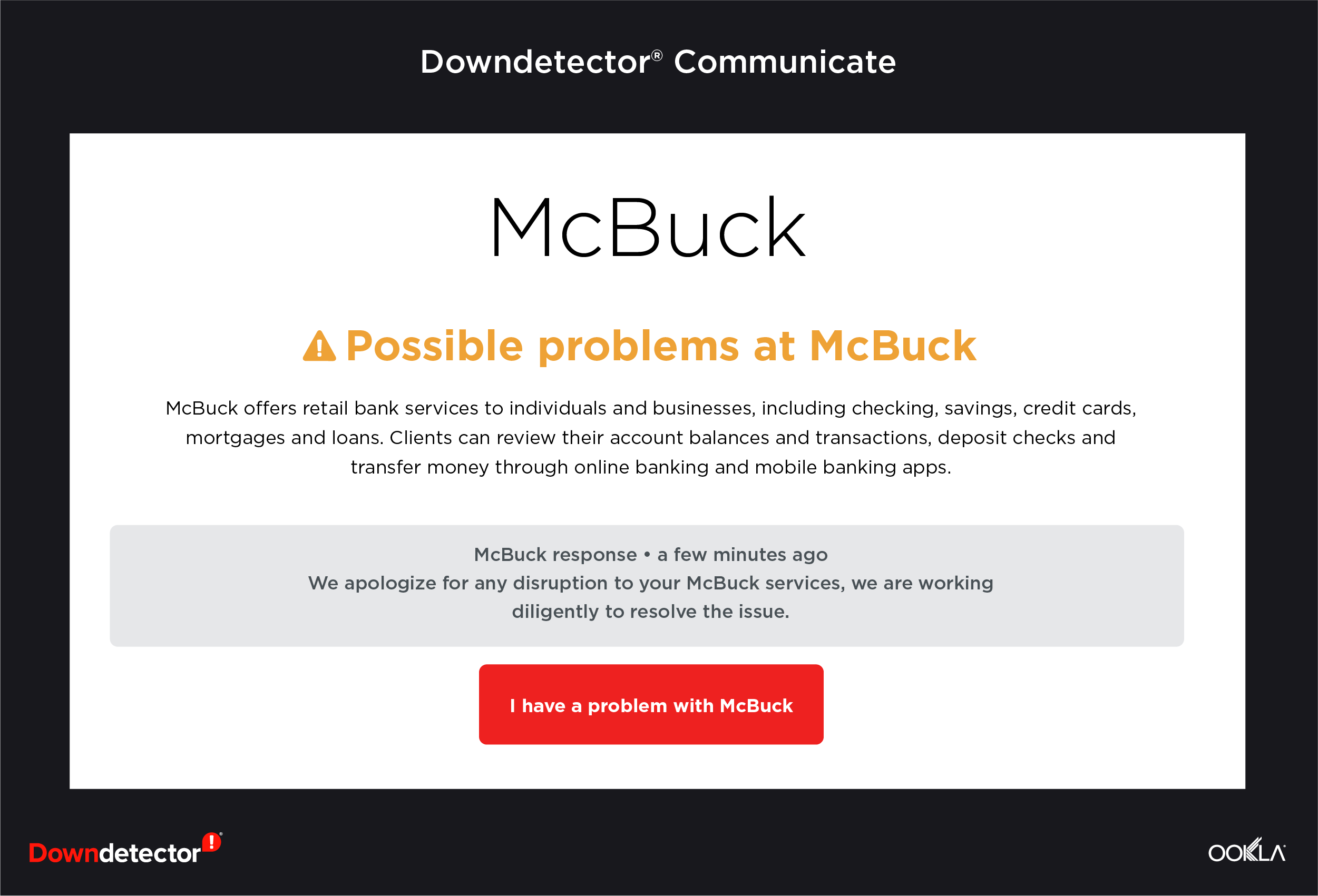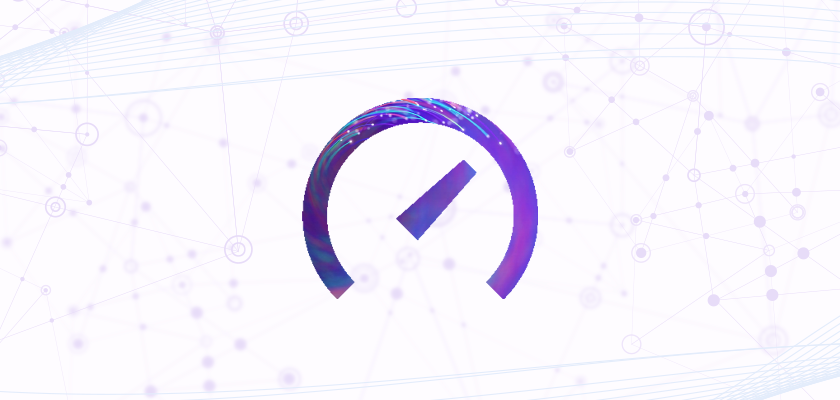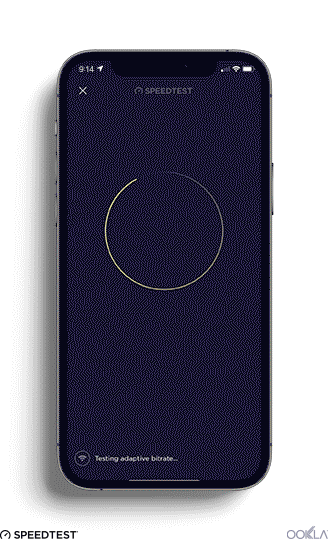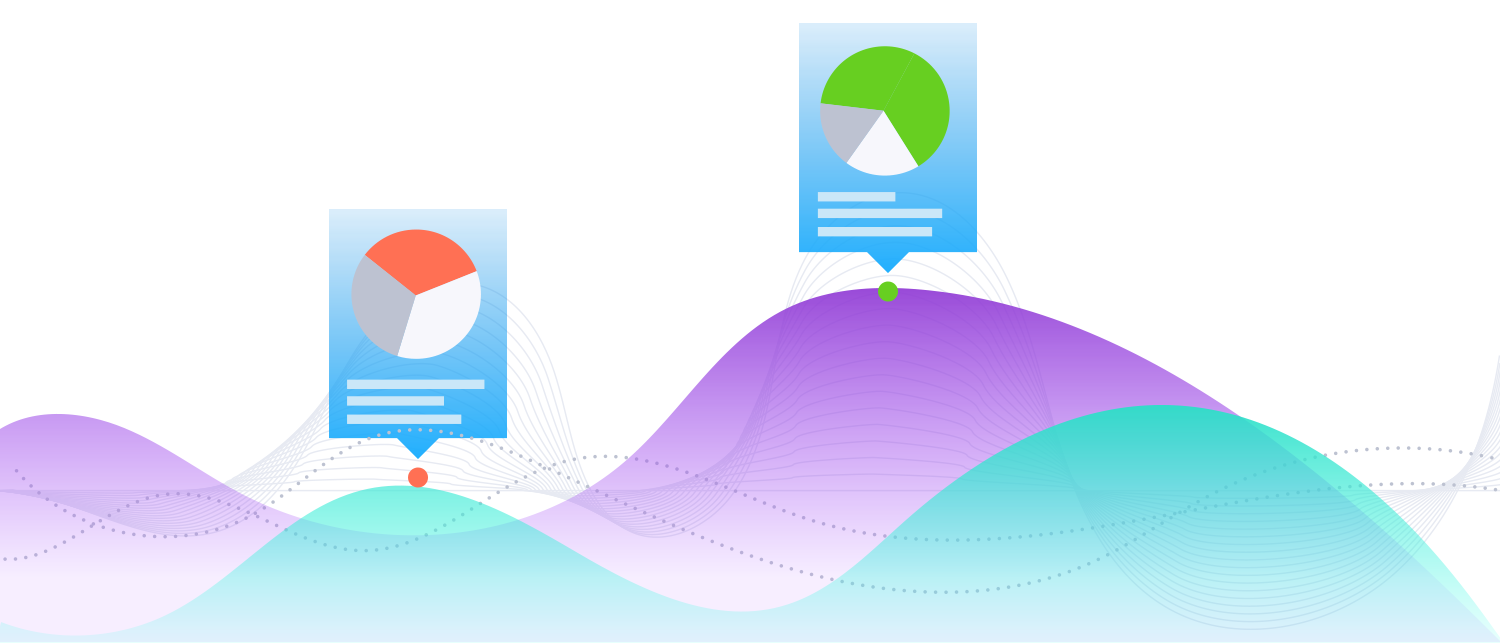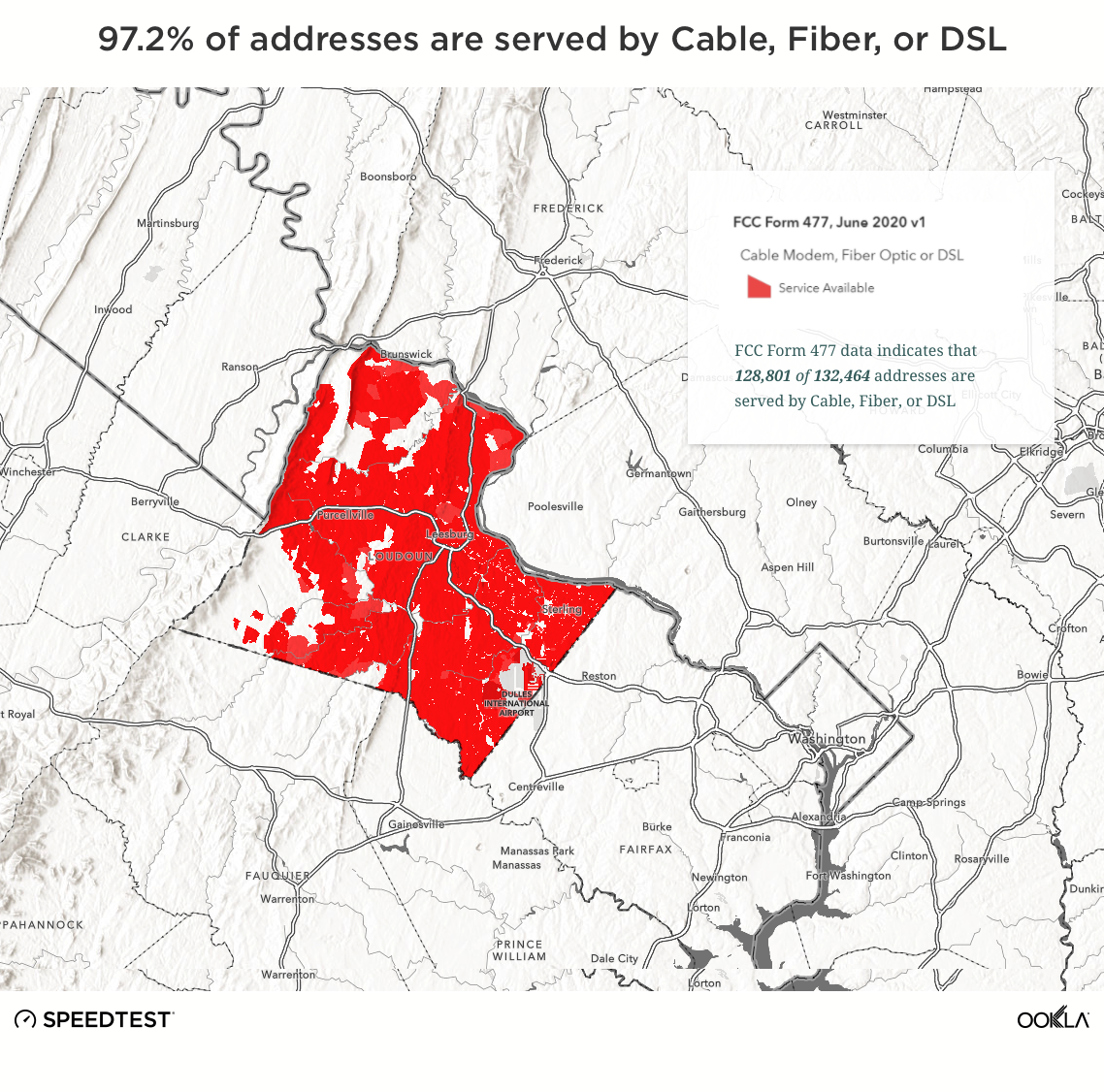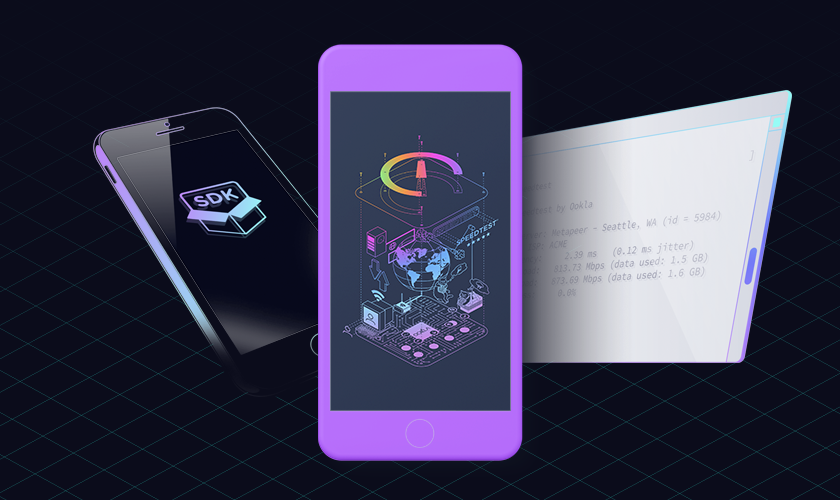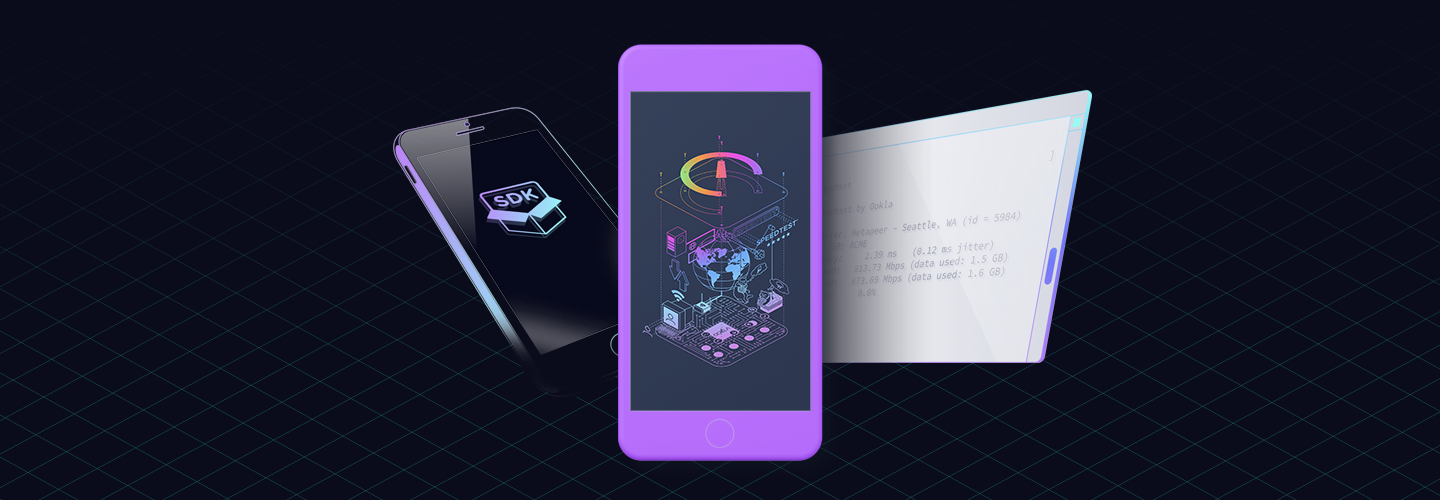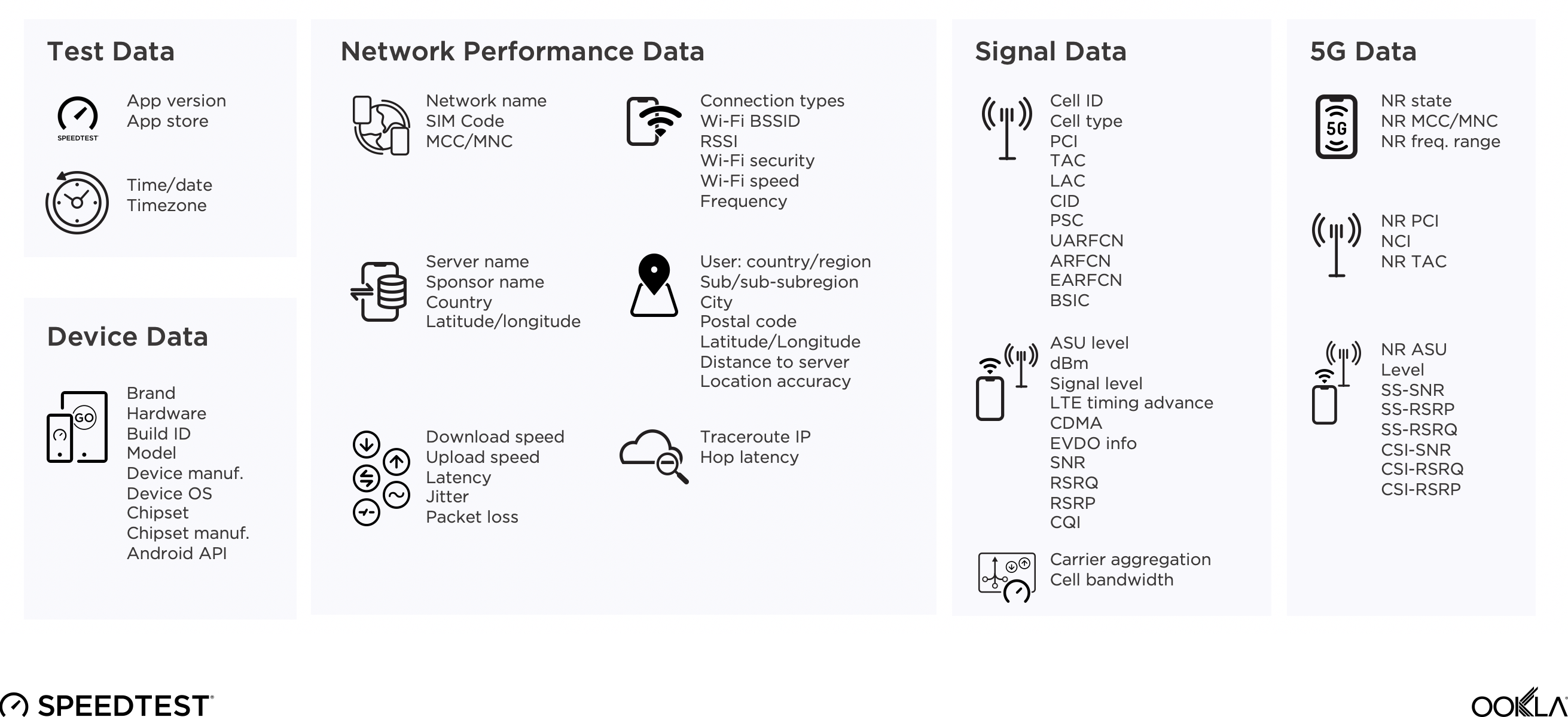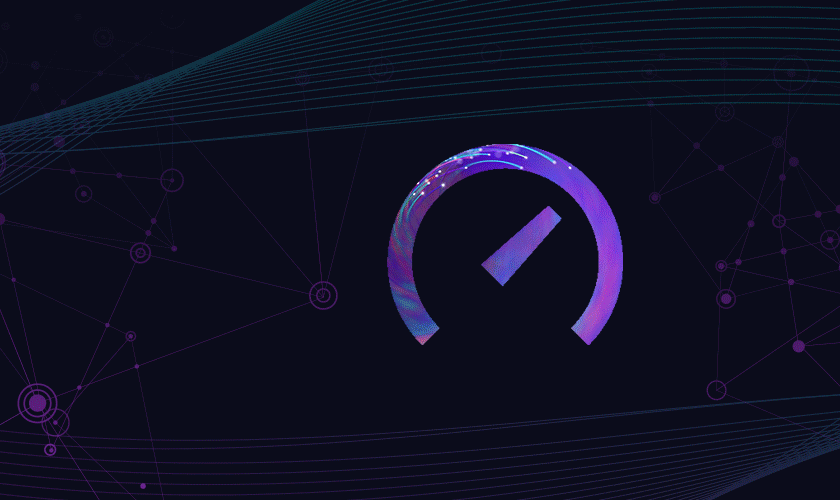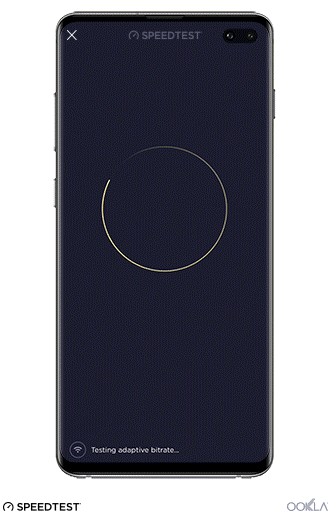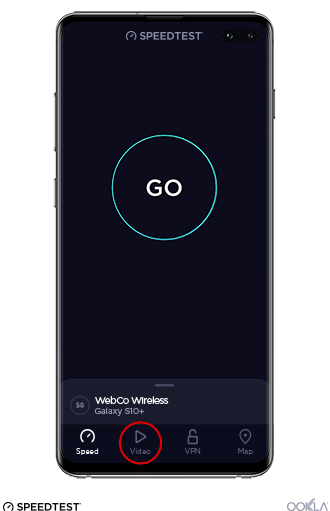
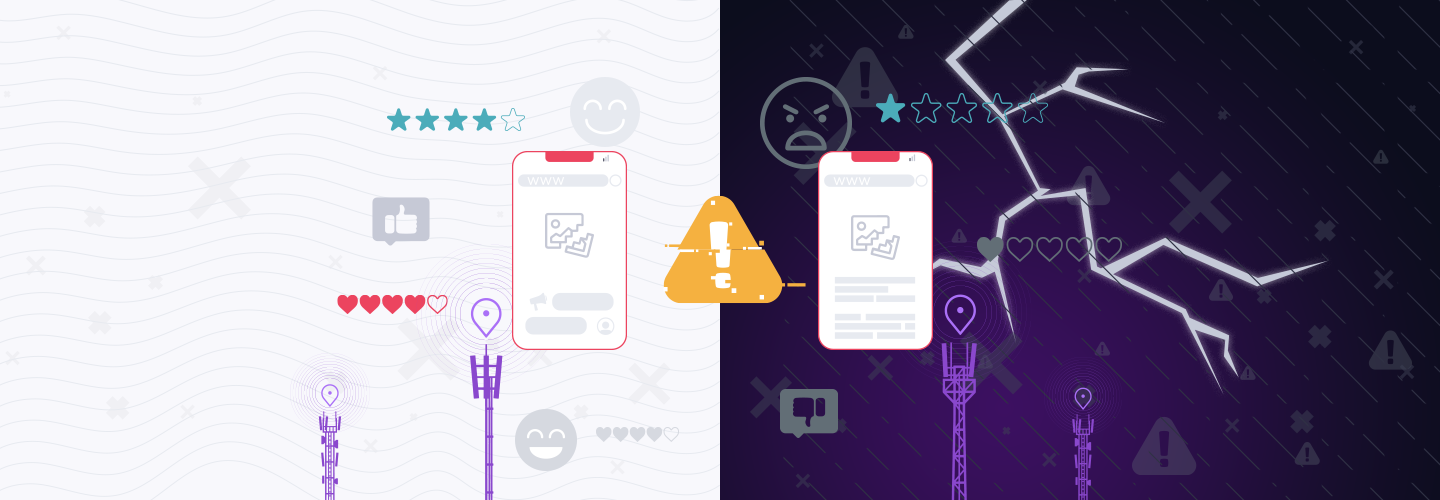
Network outages are inevitable. According to a study done by Heavy Reading, mobile network operators experience five outages per year on average — and according to consumer-reported information from Downdetector®, some operators experience many more service issues. During an outage, it’s critical that operators provide their customers with a clear path to a satisfying resolution. As we saw Monday, when Facebook’s outage impacted the perceived availability of many network operators around the world, it’s especially important to be able to manage the customer experience when an OTT service provider goes down.
Since most consumers don’t want to sit on hold with a busy call center — or simply can’t make the call if the outage has impacted their voice services — it’s crucial to provide digital support. Without a clear path to resolve their issues, customers will often turn to external platforms, such as Downdetector and Twitter, to voice their frustrations. When customers turn to external platforms, operators may find themselves trending for the wrong reasons.
Consumers respond best to timely, contextual communication around problems with their mobile network. Do you have the tools to proactively communicate network status, known issues and impending improvements to your subscribers? In this article we will take a closer look at two leading mobile network operators who have very different paths for digital customer engagement during an outage. When major outages occurred for each network earlier this year, they faced vastly different customer responses, as measured by Downdetector.
According to data from Downdetector, the world’s most popular platform for user-reported service status information, Operator A experienced elevated problem reports on March 10, 2021.
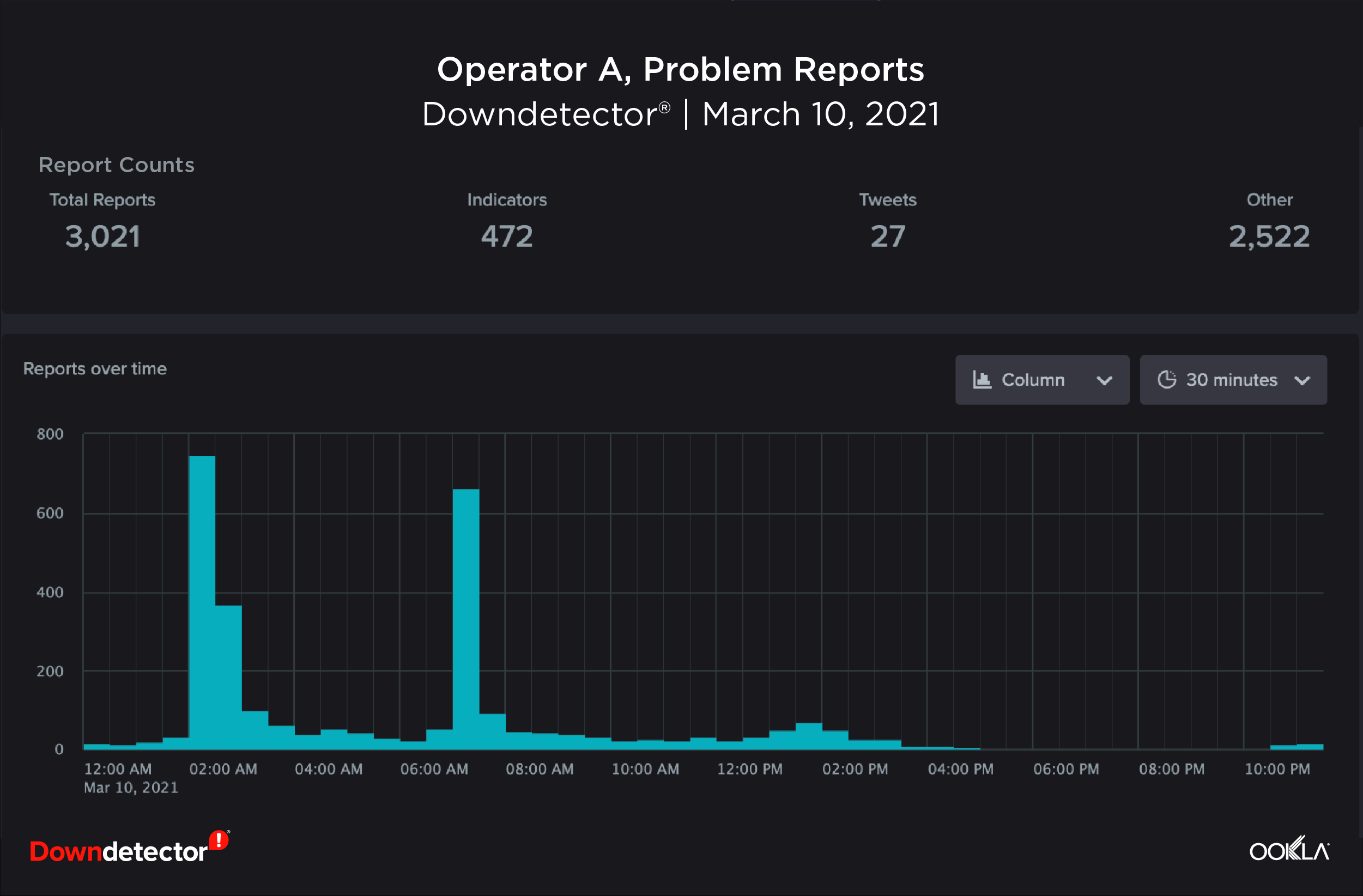

We can see that during this 24-hour period Operator A had a total of 3,021 problem reports. In the report counts chart we can see that there were only 27 customer tweets related to Operator A’s incident.
Compare this with an outage experienced by Operator B on June 18, 2021.

We can see that Operator B received over 15,000 more problem reports than Operator A did during their March outage — despite having 10 million fewer customers. Operator B also had significantly more tweets detected in comparison to Operator A, most of which showed negative consumer sentiment surrounding the incident.
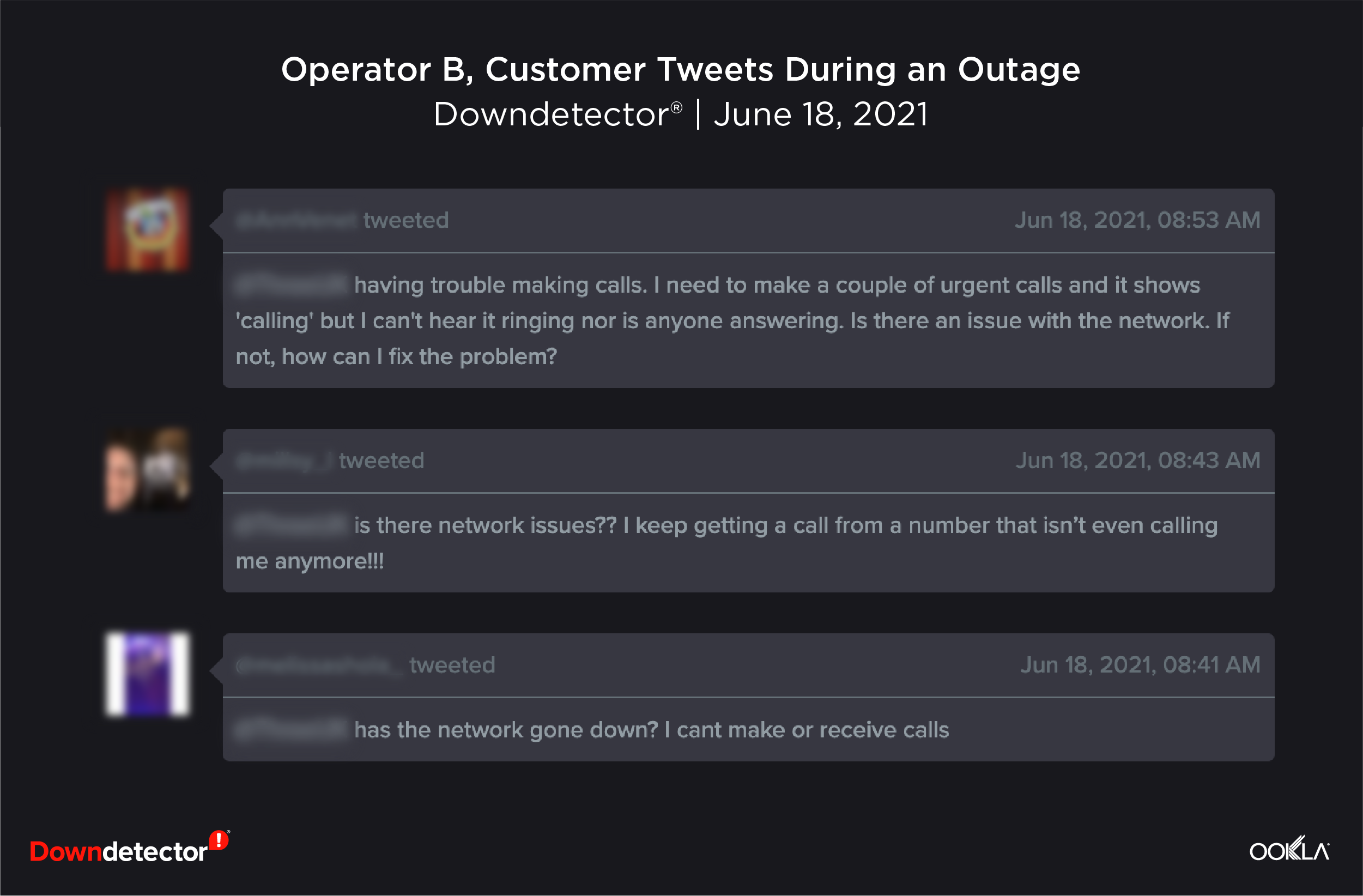
How did Operator A have significantly fewer problem reports on Downdetector during their outage, despite having millions more customers than Operator B — as well as more positive consumer sentiment surrounding the outage? The likely answer comes down to Operator A’s digital customer experience. Operator A provides a clear path for customers to check their network status and report their problems — without dialing in to the call center.
By leveraging Ookla Spatialbuzz™, Operator A empowered their customers with self-serve tools to check their network status, report issues and opt in to network updates. Spatialbuzz is a customer-driven network improvement platform that helps mobile operators to deliver the best customer experience possible — and use customer network data to make improvements in the areas with the most impacted customers.
By providing customers with these tools, Operator A was able to reduce the number of customers turning to external platforms to voice their frustrations. On the other hand, Operator B’s customers had no easy way to provide feedback or receive communication based on network conditions — leading to a spike in dissatisfied customers filing problem reports on Downdetector and complaining on social media platforms.
The power of Spatialbuzz and Downdetector
With Downdetector and Spatialbuzz, network operations center (NOC) and service operations center (SOC) teams can get information about critical incidents as soon as customers report an issue. This information can help them prioritize network issues and decrease mean time to resolution (MTTR).
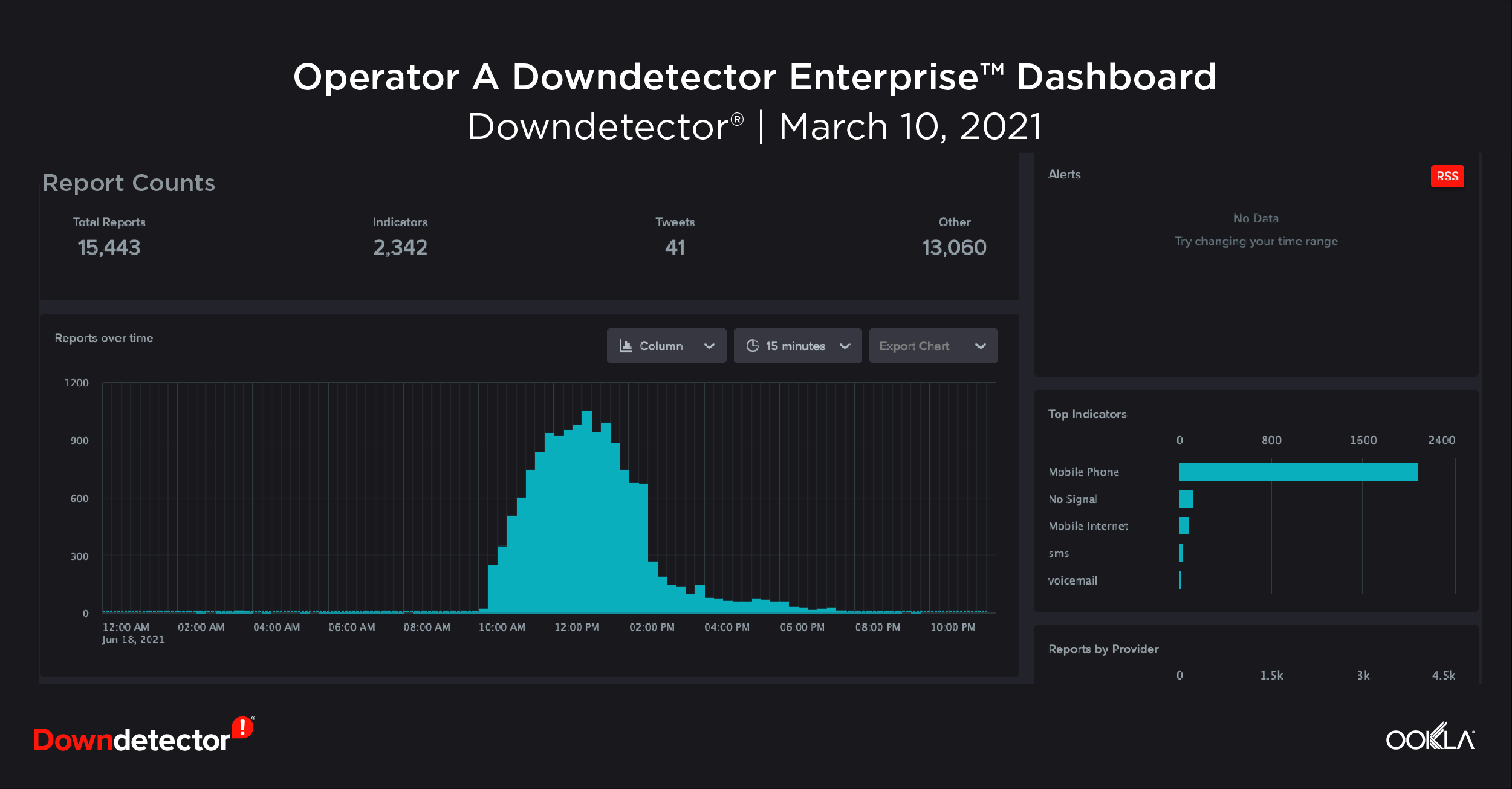
Downdetector Enterprise™ provides NOC teams with immediate alerts when customers are impacted and they can use the Downdetector Enterprise Dashboard to view the scale, duration and problem indicators of the incident. Downdetector also helps diagnose external issues with information about over-the-top (OTT) services such as Facebook, WhatsApp, SnapChat and others. For example, NOC teams can quickly see if customers are experiencing a problem with their own network or if an OTT service is experiencing issues. The Downdetector Communicate feature allows operators to place a banner message on their Downdetector company page to inform consumers of any known issues with their network or an OTT service.
Spatialbuzz provides operators with a single source of truth that connects incidents to customer experience. Spatialbuzz directly integrates with an operator’s website, mobile app, customer care and other applications. By combining real-time customer engagement tools with real-world device measurements, Spatialbuzz gives operators the intelligence they need to prioritize network issues using consumer-initiated data — and to increase customer satisfaction by closing the loop on service issues.
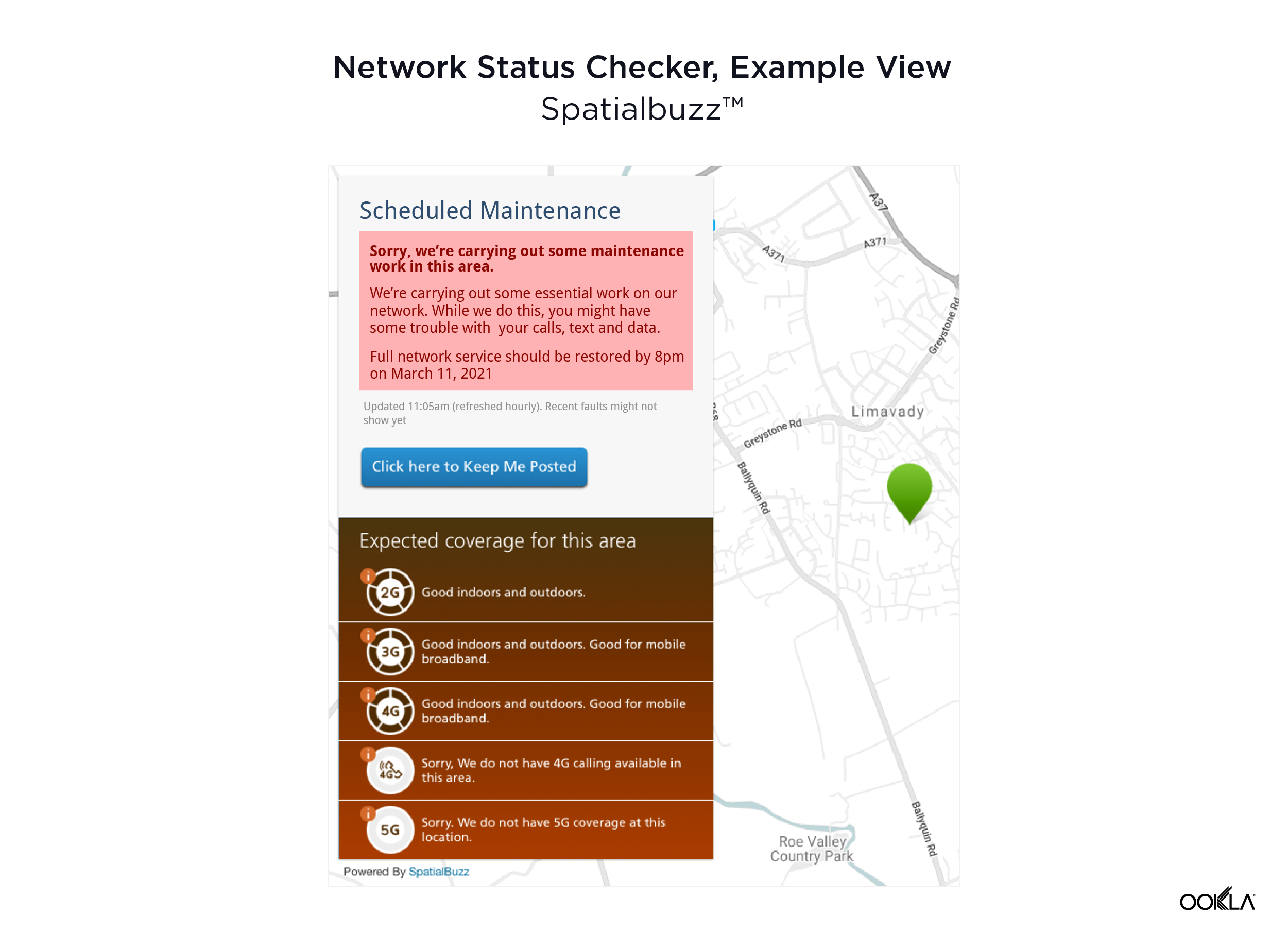
Above you can see just how easy it is for a customer to check their network status and report issues with their service on an internal platform. After reporting the issue, customers can opt in to receive updates about the issue they’re experiencing. If there’s already a known issue, customers will immediately receive contextual communication about it.
On the back end, Spatialbuzz makes it easy for NOC, SOC and engineering teams to quickly prioritize network issues based on customer impact. Below, you can see an example of the analytics provided by Spatialbuzz. From this view, network engineers can quickly prioritize network improvements in areas with widespread customer dissatisfaction, then provide transparent communication about network status, known issues and improvements to customers.

While Operator A and Operator B both faced outages this year, Operator A used Spatialbuzz to provide a meaningful customer engagement during their outage. Using Spatialbuzz led to significantly less negative customer perception on Downdetector and Twitter. Outages are inevitable. Learn how Spatialbuzz and Downdetector can help you detect and resolve them while proactively communicating with customers and providing a clear path to resolution through digital engagement.
Ookla retains ownership of this article including all of the intellectual property rights, data, content graphs and analysis. This article may not be quoted, reproduced, distributed or published for any commercial purpose without prior consent. Members of the press and others using the findings in this article for non-commercial purposes are welcome to publicly share and link to report information with attribution to Ookla.
About the Author

Ookla
